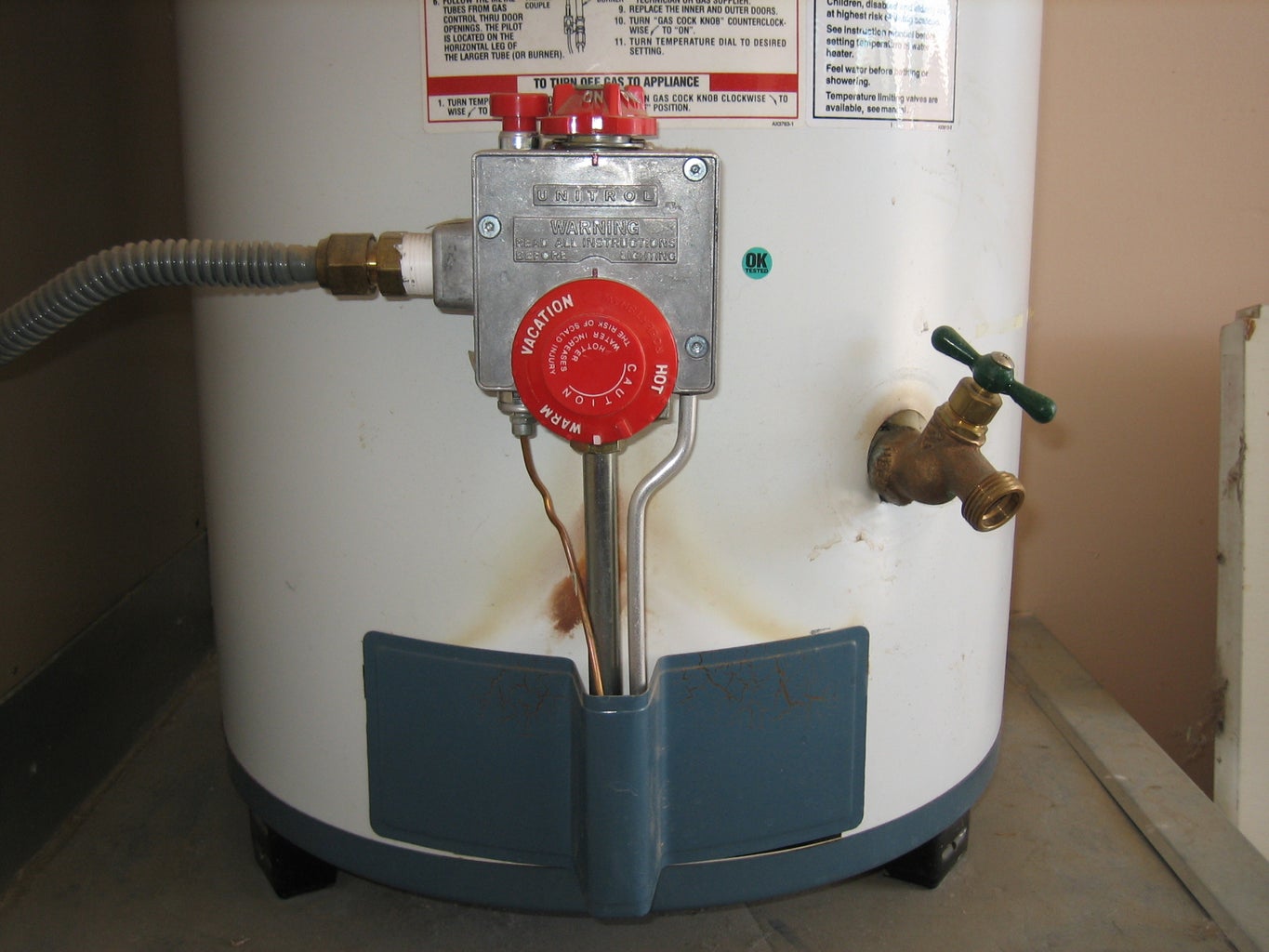Best Methods to Care for Your Home's Hot Water System EffectivelyMaintaining Your Home's Hot Water System: Essential Guidelines
Best Methods to Care for Your Home's Hot Water System EffectivelyMaintaining Your Home's Hot Water System: Essential Guidelines
Blog Article
Do you find yourself interested in critical info about How to Maintain Your Water Heater & Prolong its Life?

Warm water is essential for everyday comfort, whether it's for a rejuvenating shower or washing dishes. To guarantee your warm water system runs successfully and lasts much longer, normal upkeep is vital. This article provides useful suggestions and insights on how to maintain your home's hot water system to stay clear of disturbances and costly fixings.
Introduction
Keeping your home's hot water system might seem complicated, however with a couple of straightforward actions, you can ensure it operates smoothly for many years ahead. This overview covers everything from recognizing your warm water system to DIY upkeep tips and knowing when to employ professional assistance.
Importance of Preserving Your Hot Water System
Routine upkeep not only prolongs the life-span of your hot water system yet also guarantees it operates efficiently. Neglecting upkeep can result in lowered effectiveness, higher energy costs, and also premature failure of the system.
Indicators Your Hot Water System Needs Upkeep
Knowing when your warm water system needs attention can protect against major issues. Watch out for signs such as irregular water temperature, strange sounds from the heating unit, or rusty water.
Purging the Water Heater
Flushing your water heater gets rid of debris buildup, boosting performance and extending its life.
Checking and Changing Anode Rods
Anode rods avoid deterioration inside the storage tank. Inspecting and changing them when worn out is important.
Facility Issues Calling For Professional Help
Examples consist of major leaks, electric problems, or if your water heater is constantly underperforming.
Routine Specialist Maintenance Perks
Specialist maintenance can include extensive inspections, tune-ups, and guaranteeing conformity with safety standards.
Checking and Adjusting Temperature Level Settings
Changing the temperature level settings makes sure optimum efficiency and safety.
Do It Yourself Tips for Upkeep
You can carry out numerous maintenance jobs on your own to maintain your hot water system in leading problem.
Checking for Leakages
Regularly examine pipelines and connections for leaks, as these can bring about water damages and greater bills.
Comprehending Your Warm Water System
Before diving into maintenance tasks, it's useful to comprehend the fundamental elements of your warm water system. Normally, this consists of the hot water heater itself, pipelines, anode poles, and temperature level controls.
Regular Monthly Maintenance Tasks
Routine regular monthly checks can assist capture small problems prior to they intensify.
Checking Pressure Relief Valves
Testing the pressure relief valve ensures it functions correctly and avoids too much pressure accumulation.
Protecting Pipes
Insulating hot water pipes reduces warmth loss and can conserve power.
When to Call an Expert
While DIY maintenance is advantageous, some issues require expert proficiency.
Final thought
Routine maintenance of your home's hot water system is essential for efficiency, durability, and expense savings. By following these pointers and recognizing when to look for specialist help, you can ensure a reliable supply of hot water without unexpected disruptions.
How to Maintain an Instant Hot Water Heater
Before tinkering with your hot water heater, make sure that it’s not powered on. You also have to turn off the main circuit breaker and shut off the main gas line to prevent accidents. Also turn off the water valves connected to your unit to prevent water from flowing into and out of the appliance. 2. When you’re done, you have to detach the purge valves’ caps. These look like the letter “T” and are situated on either side of the water valves. Doing so will release any pressure that has accumulated inside the valves while at the same time avoid hot water from shooting out and burning your skin. 3. When the purge valves’ caps are removed, you have to connect your hosing lines to the valves. Your unit should have come with three hoses but if it didn’t, you can purchase these things from any hardware or home repair shops. You can also get them from retail stores that sell water heating systems. Read the user’s manual and follow it to complete this task properly. When the hosing lines are connected, open the purge port’s valves. 4. You should never use harsh chemical cleaners or solutions when cleaning your unit. Make use of white vinegar instead. It should be undiluted and you’ll probably use about 2 gallons. 5. Now flush your water heater. This task should probably take about 40 minutes. We can’t give you specific directions for this because the procedure is carried out depending on the type, model and brand of your heater. With that being said, refer to the user’s manual. 6. When you’re done draining the unit, you have to turn off the purge port valves again. Remove the hosing lines that you earlier installed on each of the water valves. Put the valve caps (purge port) back in their respective places and be very careful so as not to damage the rubber discs that are found inside these caps. 7. Now that everything’s back in place, check your user’s manual again to find out how to reactivate your water heating system. 8. Once it is working, turn one of your hot water faucets on just to let air pass through the heater’s water supply pipes. Leave the tap on until water flows smoothly out of it. https://www.orrplumbing.com/blog/2014/september/how-to-maintain-an-instant-hot-water-heater/

I was made aware of that report about Tips on Maintaining a Water Heater through an associate on a different domain. Enjoyed our piece of writing? Please share it. Help somebody else discover it. I truly appreciate your readership.
Visit My Site Report this page